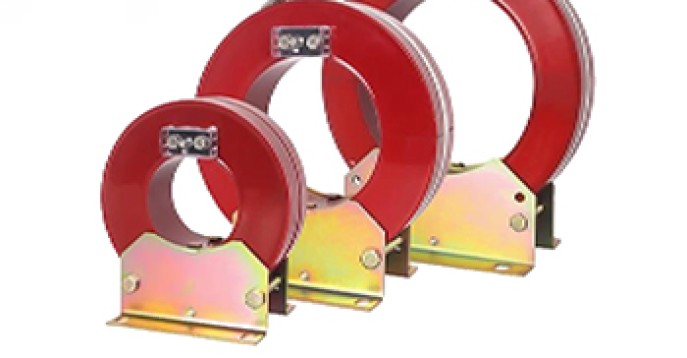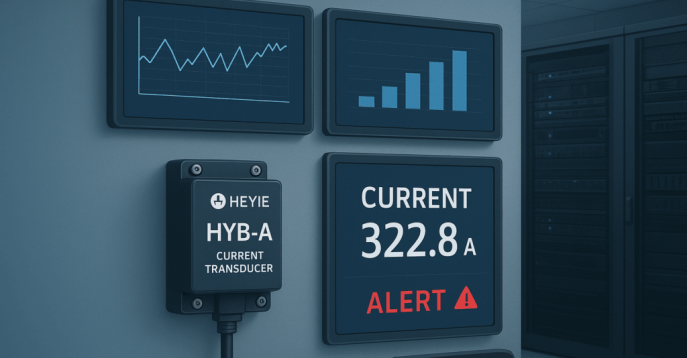News | company news | May 28,2025
Current status of Saudi charging pile market
Infrastructure construction stage
As of 2024, Saudi Arabia will only have about 101 charging stations deployed nationwide, mainly concentrated in major cities such as Riyadh and Jeddah, but the charging network coverage is insufficient, and there are almost no charging facilities on highways and remote areas.
The car-to-charging pile ratio is as high as 30:1, far higher than the international reasonable threshold (15:1). Charging anxiety has become the main obstacle to the popularization of electric vehicles.
Regional comparison and challenges
The number of charging stations in neighboring UAE is 261 (the population is less than one-third of Saudi Arabia), and the construction of charging infrastructure in Saudi Arabia is obviously lagging behind.
Extreme climate (high temperature, dust) places higher requirements on the weather resistance of charging piles, and it is necessary to develop high-temperature resistant batteries and charging equipment equipped with cooling systems.
Government policies and planning
2030 Target
According to the “Saudi Arabia Vision 2030”, it is planned to deploy more than 50,000 charging stations by 2030 to form a smart charging network covering major cities, highways and new towns (such as NEOM).
By 2030, the target electric vehicle penetration rate is 30%, and the electrification of official vehicles and logistics fleets will be promoted.
Market demand and technology trends
Demand drivers
Sales growth: Saudi Arabia’s electric vehicle sales will reach 42,000 units in 2024 (a year-on-year increase of 60%), and are expected to exceed 50,000 units in 2025, with a surge in charging demand.
Long-distance travel demand: Saudi users travel an average of more than 50,000 kilometers per year, driving demand for long-range vehicles and fast-charging facilities.
Technical adaptation direction
Fast charging technology: Focus on the development of DC fast charging piles with a capacity of 120kW and above, which can replenish 80% of energy in 30 minutes to meet the needs of highways and commercial areas.
Renewable energy integration: Promote solar charging stations and V2G (vehicle-to-grid) technology, and combine Saudi Arabia’s abundant solar resources to achieve green electricity supply.
Intelligent management: Optimize charging scheduling through the Internet of Things platform and improve the efficiency of integrating urban power grid and traffic data.
How to adapt HYCA series residual current sensors to Saudi charging piles?
In charging piles (electric vehicle charging equipment), the HYCA series residual current sensor is a key electrical safety protection device used to detect residual current (leakage current) in the circuit and trigger a protection mechanism (such as cutting off the power supply) when an abnormality is detected to prevent electric shock, equipment damage or fire risks. The following are the technical points and application instructions for charging pile residual current sensors:
Function of HYCA series residual current sensor
Leakage protection: Detect residual current in the input or output circuit of the charging pile (such as insulation failure, electric shock to human body, etc.).
Current leakage detection: For DC charging piles (DC charging), it is necessary to detect the residual current in the DC system (traditional AC leakage protection devices cannot detect DC leakage).
Compliance with safety standards: Meet the requirements of electrical safety standards (such as IEC 62752, IEC 62955, GB/T 18487, etc.) for leakage protection.
HYCA series working principle
HYCA series is an RDC type residual current sensor , which is specially used to detect residual current in DC system. It is especially widely used in electric vehicle charging facilities to ensure charging safety.
Core functions of HYCA series
HYCA series RDC sensors are mainly used to detect residual current in DC systems (including smooth DC and pulsating DC). When abnormal current (such as leakage) is detected, the protection mechanism is triggered to cut off the power supply to prevent the risk of electric shock or fire. Its core functions include:
(1) DC leakage detection: Traditional AC sensors cannot detect DC leakage, while RDC sensors can cover DC leakage current detection of 6mA and above.
(2) High precision and fast response: The action time is usually ≤0.1 second, meeting the safety requirements of the latest standards (such as GB/T 18487.1-2023).
HYCA series complies with technical standards and certifications
IEC 62955: defines the technical requirements for direct current residual current detection devices (RDC-DD) and is the main standard for RDC type sensors.
IEC 62752: Standard for In-Cable Protective Devices (IC-CPD) for Mode 2 Charging.
HYCA’s technical features and implementation principles
Detection principle:
Fluxgate technology: Detects DC residual current through an open-loop fluxgate sensor, supporting a wide frequency range (0-1kHz).
Hall Effect Sensor: Some products combine Hall elements to achieve high-sensitivity detection.
Integrated design: Built-in microprocessor unit, can directly output trip signal, convenient for linkage with circuit breaker or contactor. PCB installation design, optimize space utilization .
Anti-interference ability: Shielding design and filtering technology are used to reduce false operations caused by high-frequency noise of charging piles.
Dual output indication: X6-OUT (DC trip) and X30-OUT (AC trip) outputs for comprehensive fault detection
Precision PWM output: Provides 8kHz PWM signal with a resolution of 3.33%/mADC (0-30mADC range)
Advanced self-test: integrated calibration and verification system, simulating 6.53mADC test current
Hysteresis protection: Intelligent flip threshold (100% trip/55% recovery) to prevent signal oscillation
Application scenarios of HYCA series
Electric vehicle charging stations:
AC charging pile (mode 2 and 3 ) : detect AC 30mA and DC 6mA leakage
DC charging pile: DC leakage protection through RDC-DD device
Photovoltaic systems and energy storage equipment: Detecting DC insulation faults to prevent equipment damage
Future development trend of remainder theorem sensors
Intelligence and multi-function integration: Combine temperature compensation, fault diagnosis and other functions to improve system safety.
Miniaturized design: SIP package or PCB plug-in structure is adopted to save installation space.
Wideband detection capability: supports higher frequency harmonic detection and adapts to complex working conditions such as charging pile PWM modulation.
Summarize
RDC residual current sensor is the core component of electric vehicle charging safety. Its technical core lies in accurately detecting DC leakage and achieving protection through rapid response. When selecting a model, it is necessary to focus on whether it complies with standards such as IEC 62955 or GB/T 18487.1, and select the appropriate model based on the application scenario (such as charging power, installation method). With the popularization of new energy vehicles, such sensors will further develop in the direction of high precision and integration. Escorting the construction of charging piles
--- END ---

Oct 24, 2025
Two protection-class current transformer, particularly useful in low-voltage power distribution systems, demonstrate their effectiveness in practical applications and achieve both reliability and safety . Take the PR and HPT series from Wenzhou Heyi Electric Co., Ltd. as examples to explore their strengths . What is the protection-class current transformer used for Simply put, a protection-class… Continue reading What are the advantages of protection-class current transformer?

Oct 21, 2025
An important component of data center power monitoring : HEYI Electric HYB-A1 4-20mA current transmitter Why data centers cannot do without current transmitters In the digital information age , data centers are the core of the Internet . We not only need excellent server performance, low network latency , and huge storage capacity, but we… Continue reading Why is 4-20mA current transmitter suitable for data centers

Oct 18, 2025
Battery current sensor from HEYI Electric – Providing Safer Protection for Clean Energy Why clean energy systems cannot do without leakage detection Carbon neutrality is the common goal of the earth. In an era when clean energy is becoming increasingly popular – from electric vehicle charging stations to photovoltaic power generation systems and energy storage… Continue reading How battery current sensor serve clean energy